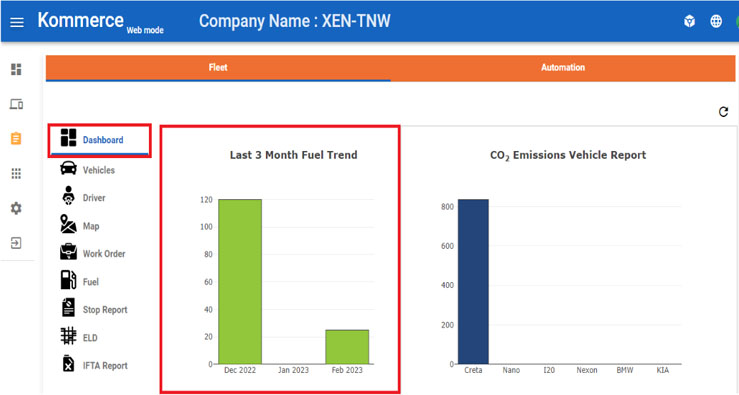Compliance
What does an ELD do?

An ELD integrates with the vehicle engine to record driving time for accurate Hours of Service (HOS.) How does an ELD work? The ELD communicates directly with a vehicle’s engine and automatically records driving activity and other information such as engine hours, ignition status, location and miles driven.
The telematics device then sends engine and GPS location data to a server, where Duty Status logs are created and pushed to the ELD mobile app for viewing. The information is continually updated.
Drivers can access their electronic logging information from an ELD mobile app on their smartphone or tablet. The mobile app is also synced with fleet management software so that fleet and compliance managers can monitor and analyze compliance with the help of ELD reports, maps and notifications.
Compliance ~ELD
HOS
Hours of Service (HOS) compliance: To ensure that drivers are compliant with HOS regulations and to track the amount of time spent driving and resting.
- Internal synchronization with the engine control module
- Automatically record driving time and details
- Records location
- Electronic data transfer: telematic (wireless or email) or local (USB 2.0 or Bluetooth)
- Tamper preventionCertification of driver records (at end of each 24 hr period)
- Displays report for safety officials on-demand (on screen or print-out)
- User manual
- Audio controls (volume and mute)
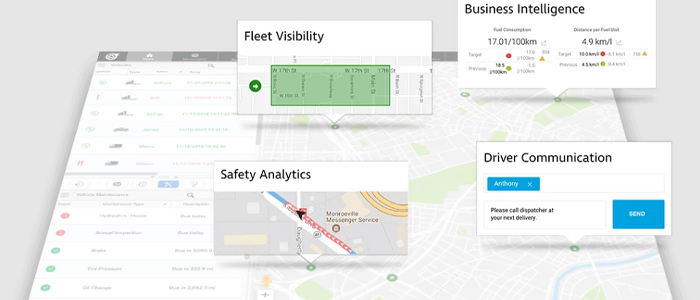

Hours of Service (HOS) compliance
To ensure that drivers are compliant with HOS regulations and to track the amount of time spent driving and resting.
Reporting and analytics
To generate reports and analytics on driver performance, including speed, fuel consumption, and vehicle utilization, to help managers make informed decisions.
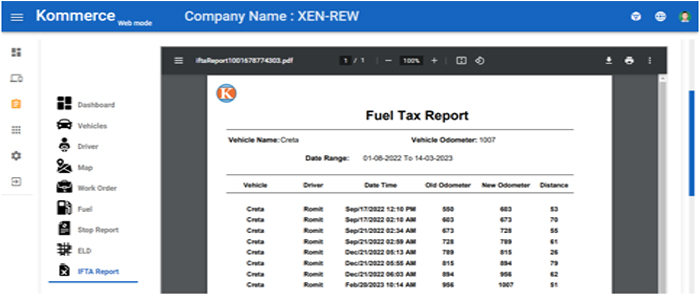

Mobile device integration
To provide drivers with real-time information and feedback on their performance and to allow for real-time communication with dispatch and management.
Safety alerts
To send real-time alerts to managers in case of unsafe driving behavior, such as speeding, sudden braking, or other hazardous actions.
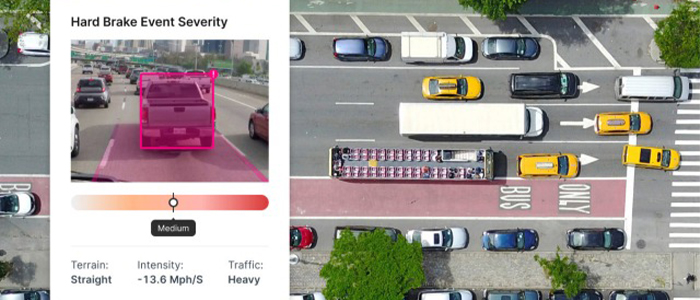
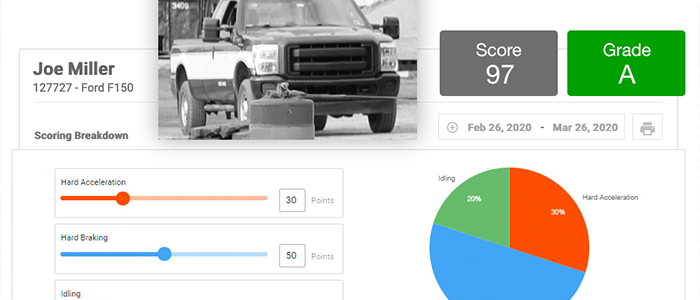
Driver scorecards
To provide drivers with performance feedback and scores, to help them understand how they can improve their driving and safety.
Driver tracking technology can help improve the safety and efficiency of a fleet by reducing incidents and accidents, improving fuel consumption and reducing operating costs. It can also help managers make informed decisions by providing real-time information on driver performance, vehicle utilization, and HOS compliance.
